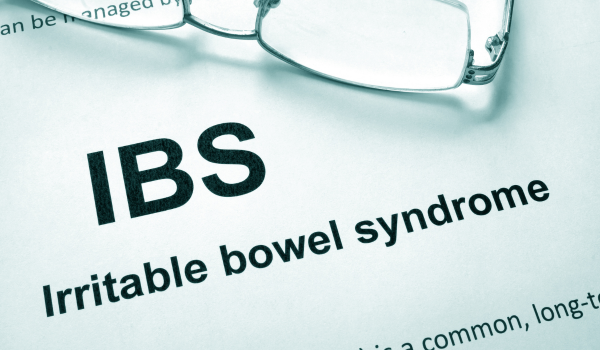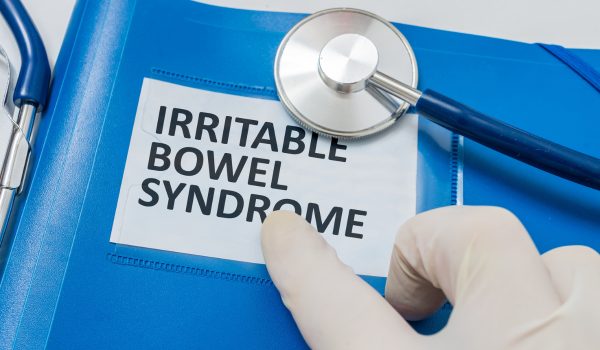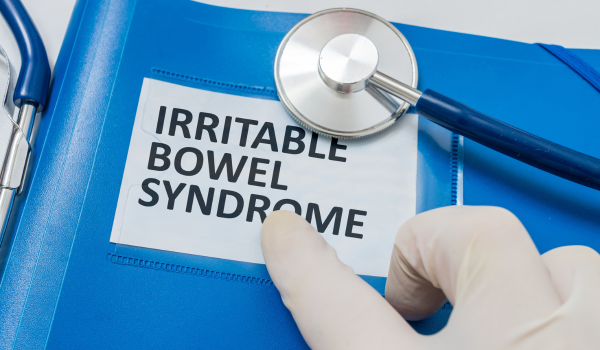Irritable bowel syndrome (IBS) is a chronic gastrointestinal disorder that causes symptoms such as abdominal pain, bloating, and changes in bowel habits. These symptoms can range from mild to severe and may fluctuate in intensity over time.
There are three main types of IBS, classified by whether a person mainly experiences diarrhea, constipation, or a combination of both. Identifying your IBS type is essential for developing a treatment plan that can effectively manage symptoms and improve quality of life.
IBS With Diarrhea (IBS-D)
IBS-D is the most common form, affecting around 40% of people with IBS. It is marked by frequent diarrhea episodes. While the exact cause is unclear, research suggests that dysbiosis—an imbalance in gut microbiota—may disrupt the gut-brain axis, leading to overly rapid movement of food through the intestines.
This accelerated movement can cause diarrhea, abdominal cramping, and discomfort. Dysbiosis may also make intestinal nerves more sensitive, triggering pain from normal digestion.
Symptoms of IBS-D include:
-
sudden, urgent need for bowel movements
-
abdominal cramping, often relieved after a bowel movement
-
bloating and gas
-
bowel incontinence
-
whitish mucus in stool
These symptoms can affect daily activities, work productivity, and emotional well-being, often leading to fatigue, anxiety, and depression.
IBS With Constipation (IBS-C)
IBS-C is associated with infrequent, hard stools and occurs more often in people assigned female at birth. It often begins in adolescence or young adulthood but can develop at any age. Dysbiosis may slow gut motility, allowing more water to be absorbed from stool, making it hard and dry.
A low-fiber diet can contribute to IBS-C. Fiber helps bulk up stool and promotes movement through the intestines. People with IBS-C often have heightened sensitivity to certain foods, such as dairy, gluten, and high-fat foods, which may trigger or worsen constipation.
Symptoms of IBS-C include:
-
persistent abdominal pain or cramping
-
severe bloating and gas
-
straining during bowel movements
-
infrequent bowel movements, sometimes fewer than three per week
-
tenesmus, a sensation of incomplete bowel movement
While symptoms may improve temporarily after a bowel movement, long-term relief often requires consistent treatment.
IBS With Mixed Bowel Habits (IBS-M)
IBS-M involves alternating episodes of diarrhea and constipation. Symptoms can shift unpredictably, making management more complex. IBS-M affects both males and females equally.
An imbalance in the gut microbiome can affect the gut-brain axis, causing irregular gut motility. The intestines may sometimes move food too quickly, leading to diarrhea, and at other times too slowly, resulting in constipation. Triggers such as stress or certain foods can worsen symptoms.
Symptoms of IBS-M include:
-
fluctuating abdominal cramping
-
varying degrees of gas and bloating
-
urgent bowel movements at times, difficulty passing stool at others
-
sensation of incomplete bowel movement
-
mucus in stool
-
feeling overly full or nauseous after meals
How To Know Which Type You Have
Determining your IBS type involves a detailed medical history, symptom review, and sometimes diagnostic tests. The Rome criteria require that abdominal pain occurs at least once per week over the past three months, along with two or more of the following:
-
related to bowel movements
-
associated with changes in stool appearance
-
associated with changes in stool frequency
Tests may be ordered to rule out other conditions:
-
stool test – checks for infection, inflammation, or blood in the stool
-
blood test – screens for inflammation, infection, or anemia
-
colonoscopy – examines the colon for inflammation, growths, or other abnormalities
-
hydrogen breath test – detects lactose intolerance or small intestinal bacterial overgrowth (SIBO)
-
manometry – measures muscle coordination in the colon
Keeping a symptom log can help identify your type and guide treatment. Include stool frequency, stool consistency, pain patterns, and lifestyle factors like diet, exercise, stress, and sleep.
When To See a Healthcare Provider
Seek medical attention if you have persistent IBS symptoms. While occasional diarrhea or constipation is common, ongoing symptoms may indicate IBS or another digestive condition. Your provider can help confirm your type and develop an effective treatment plan.
Common treatments include:
-
dietary changes (such as a low-FODMAP diet)
-
stress management techniques
-
medications like antidiarrheals, antispasmodics, or laxatives
-
probiotics or fiber supplements to support gut health
Red flag symptoms that require urgent evaluation include:
-
bloody stools
-
severe or persistent pain
-
nausea or vomiting
-
fever
-
symptoms at night
-
unexplained weight loss
Preventing IBS
While IBS may not be entirely preventable, certain habits can help reduce symptom flare-ups:
-
eat a balanced diet – smaller, more frequent meals and foods rich in soluble fiber; avoid high-FODMAP foods if they trigger symptoms
-
manage stress – use relaxation methods such as mindfulness or breathing exercises
-
exercise regularly – supports healthy digestion and lowers stress levels
A Quick Review
IBS has three main types: IBS-D (diarrhea), IBS-C (constipation), and IBS-M (mixed). Each has unique patterns of bowel habits and triggers. Managing IBS often involves diet changes, lifestyle adjustments, and targeted medication. Keeping track of symptoms can help you and your healthcare provider find the most effective strategies.













